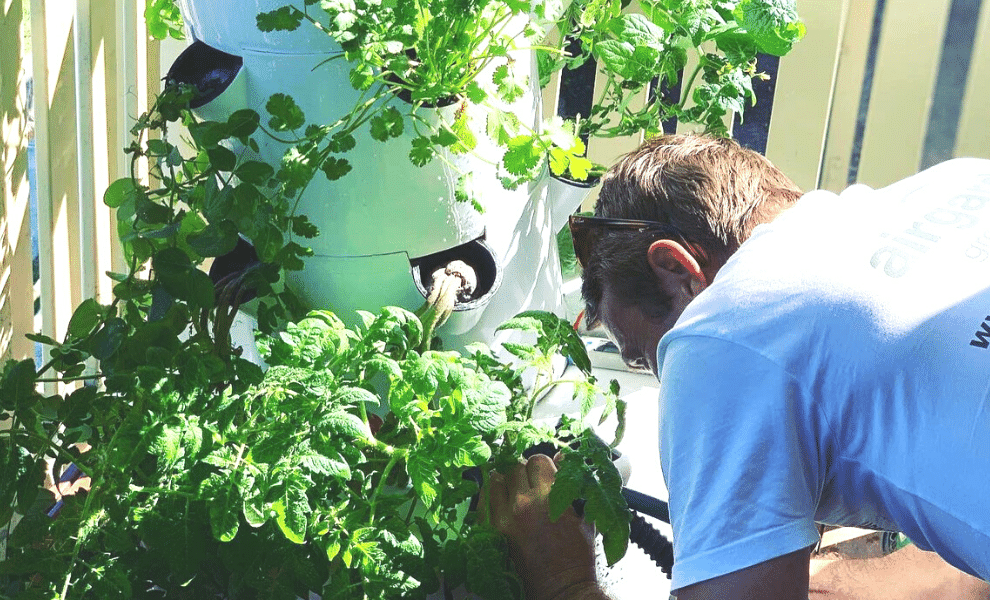
What is bolting & what you can do about it

Bolting, also known as 'going to seed', refers to the process of a plant prematurely producing a flowering stem or "bolt" in a natural attempt to produce seed.
Whilst all crops eventually flower or 'go to seed' (as it's their way to naturally reproduce), typically it will occur at the end of the growing season, after many months of providing delicious harvests from your Airgarden!
Unfortunately plants can start this process too early (aka bolt), usually caused by hot temperatures or when they reach a certain size. Bolting leads to the leaves of the plant becoming bitter, and for annuals like lettuce, it marks the end of their cycle.
In many cases, bolting is a natural part of the plant's life cycle and cannot be prevented, however there are some ways of delaying it and prolonging the lifecycle of your Airgarden plants.
What causes plants to bolt?
There are several factors that can cause plants to bolt, or produce a flowering stem and go to seed. These include:
- Temperature: Some plants are sensitive to temperature changes and will bolt when the weather becomes too warm or too cold. For example, lettuce and spinach tend to bolt when the weather becomes hot, while beets and carrots bolt when the weather becomes cold.
- Light levels: Changes in the amount of light a plant receives can also trigger bolting. For example, plants that receive too little light may bolt in an effort to produce seeds and ensure the continuation of their species.
- Plant age: Some plants will bolt when they reach a certain age or size, regardless of the temperature or light levels. This is a natural part of their life cycle and cannot be prevented.
- Stress: Environmental stress, such as drought or overcrowding, can also cause plants to bolt.
How to identify bolting
Bolting typically occurs during summer, when temperatures are high. The signs of bolting are easy to identify:
- Sudden, upward growth—usually of a singular, woody stalk with few leaves
- Production of flowers, followed by that of seeds
- Slowed production of edible, vegetative growth
- Less desirable (often more bitter) flavour
How to delay bolting
You can attempt to delay the process of bolting for as long as possible (and even temporarily reverse the process for herbs) with a few simple techniques:
- Pruning and harvesting frequently
- Pinching off flowers as soon as they appear
- Choose varieties of plants that resist bolting e.g. ‘Australian yellow leaf’, ‘buttercrunch’, ’flame’, ‘goldrush’ ,’lollo rossa’, ‘cos’ and ’royal oakleaf’
- Pick outer leaves off to keep them from maturing - this can extend the time the plant produces by as much as 6-8 weeks
- Give your plants some shade from intense sun and heat - a simple piece of shade cloth or a beach umbrella can provide much needed relief from intense sun and temperatures that can cause many plants to prematurely ‘bolt’
Benefits of bolting
It is the natural lifecycle of your plants, and eventually, they plants will bolt—at which point you can replace them. However there are some benefits in allowing some of your plants to go to seed:
- You’ll attract good bugs: Pollinators like bees that are essential for our fruiting plants, prefer the smaller flowers of greens and herbs. So letting these plants flower will attract them to your Airgarden.
- You’ll get free seeds: Allow your favourite plants to flower, wait for seeds to dry, and then away you go again with your very own home grown seeds!







